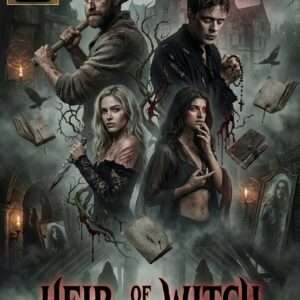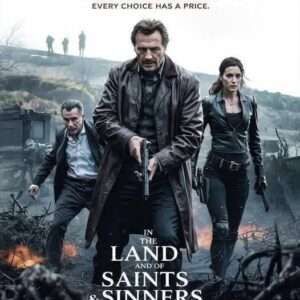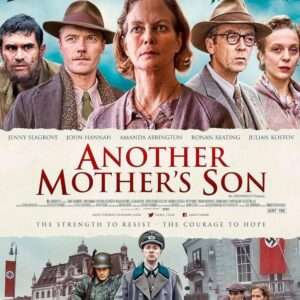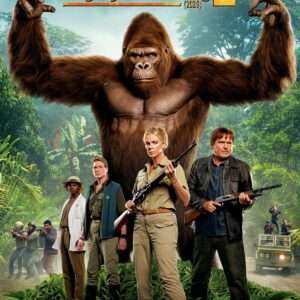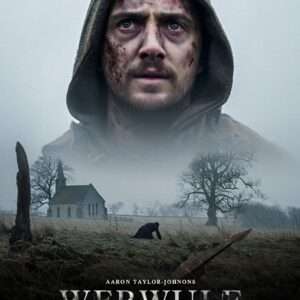The Thing (2011), directed by Matthijs van Heijningen Jr., is a prequel to John Carpenter’s 1982 classic of the same name. While Carpenter’s The Thing has become a staple in the sci-fi horror genre, the 2011 prequel sought to explore the origins of the terrifying extraterrestrial entity that terrorized an Antarctic research station. Although it received a somewhat mixed reception from critics and audiences, The Thing (2011) stands as a worthy addition to the franchise, providing insight into the horrific events that led up to the events of the original film. This article delves into the production, plot, themes, reception, and lasting legacy of The Thing (2011).

1. The Origins of The Thing (2011)
The 2011 The Thing movie, directed by Matthijs van Heijningen Jr., was not intended to be a direct remake but a prequel to John Carpenter’s 1982 film The Thing. Carpenter’s film, based on John W. Campbell Jr.’s novella Who Goes There?, is often regarded as one of the finest horror movies ever made. However, despite its critical acclaim, The Thing (1982) was initially a box office disappointment, making a prequel an intriguing but challenging proposition.
The production of The Thing (2011) began in the early 2000s when Universal Pictures and Strike Entertainment decided to revisit the franchise. The studio was keen on exploring the origins of the alien creature that had caused so much devastation at the Norwegian research station in the original film. The script was written by Eric Heisserer, a screenwriter known for his work on A Nightmare on Elm Street (2010) and Final Destination 5 (2011), with a focus on creating an atmosphere of dread while staying true to the spirit of the 1982 film.
The film is set just before the events of Carpenter’s The Thing, focusing on a Norwegian scientific team who discover an alien spacecraft buried in the ice. After they unearth the craft, they inadvertently unleash an ancient, shape-shifting alien creature that has the ability to mimic any living organism. As the team members begin to turn on each other, suspicion and paranoia spread, much like what was seen in the original.

2. Plot Summary: Unveiling the Terror in the Snow
The prequel begins with a Norwegian helicopter chasing down a dog, which eventually ends up at a research station. The Norwegian team, led by Dr. Sander Halvorson (played by Ulrich Thomsen), discovers a buried alien spacecraft, which they investigate. The team, including paleontologist Kate Lloyd (played by Mary Elizabeth Winstead), is tasked with studying the remains of the spacecraft, which have been frozen in the Antarctic ice for thousands of years.
However, upon further examination, they discover an alien organism, encased in ice, which is brought back to the station. When the alien is thawed, it is revealed to be a shape-shifting entity capable of imitating any life form it comes into contact with. After a series of terrifying events, the creature begins to mimic the research team members, leading to a deadly cat-and-mouse game of trust, paranoia, and survival. As the creature grows more powerful, the team members are forced to confront their fear of being replaced by something that looks like them but is not human.
Kate Lloyd, a key protagonist, plays an essential role in figuring out how to detect the alien and keep it from taking over the entire station. As the horror unfolds, the team realizes that they are in a race against time to destroy the alien before it can escape the confines of the station and infect the world.
The film ends with the creature’s apparent destruction, but not before it reaches a final, terrifying moment that leads directly into the events of Carpenter’s The Thing (1982), explaining the ruined Norwegian station discovered by Kurt Russell’s character in the original film.
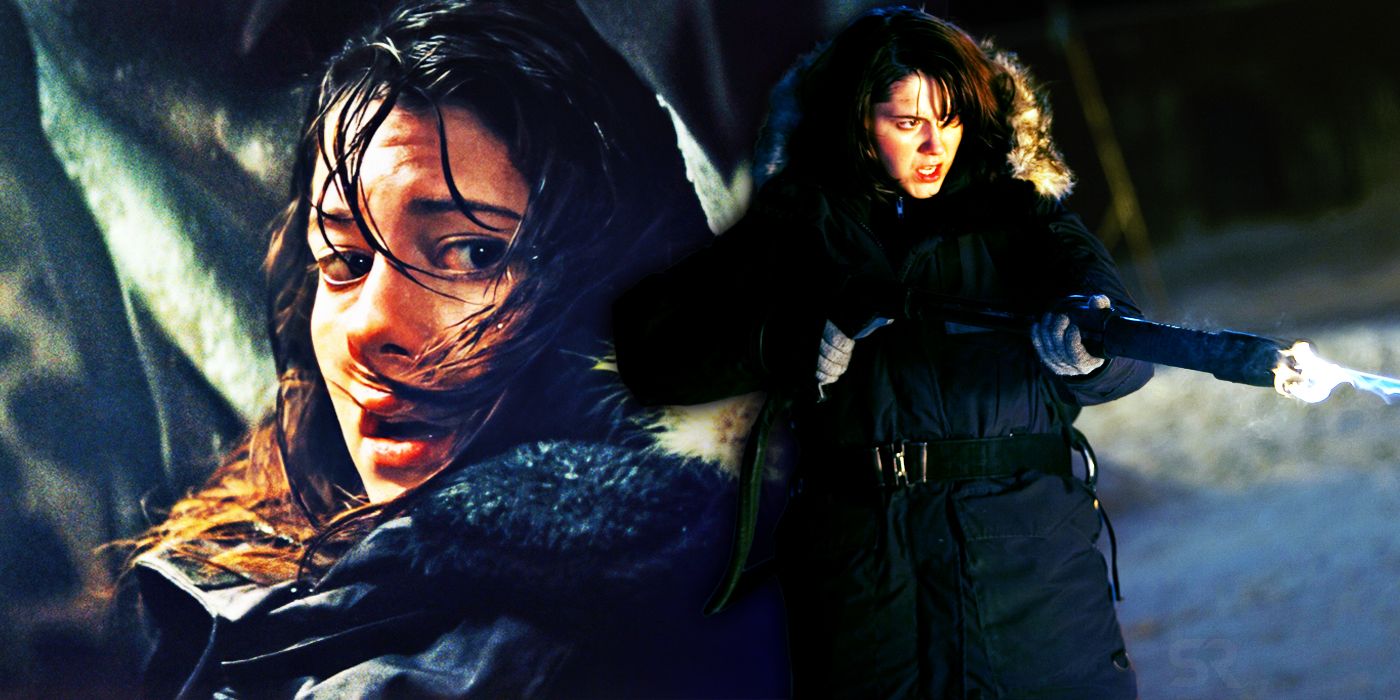
3. Visual Effects and Practical Effects: Honoring the Legacy
One of the most significant challenges in making The Thing (2011) was balancing the use of modern CGI with the desire to stay true to the practical effects that defined Carpenter’s 1982 film. Carpenter’s The Thing is renowned for its groundbreaking practical effects, especially the creature designs by special effects artist Rob Bottin, which still hold up as some of the most terrifying visual effects ever created.
In 2011, the filmmakers initially made a conscious decision to rely heavily on practical effects, employing a team of creature designers and special effects artists to craft terrifying, tangible monsters. However, as the production progressed, it became clear that some of the more intricate transformations and shots would require the use of CGI. The result is a blend of both practical and computer-generated effects, which sometimes results in a less visceral experience compared to the practical monsters of the original film.
Despite this, the design of the alien creature in the 2011 prequel pays homage to its 1982 predecessor, showcasing similar grotesque and inhuman characteristics, such as the ability to mutate and take on different shapes. The grotesque transformation sequences are intense and gruesome, successfully capturing the disturbing nature of the creature. Nevertheless, some critics noted that the CGI occasionally detracted from the horror, making it less impactful than the raw, tactile practical effects of the original film.
4. Characters and Performances: A Cast of Paranoia and Dread
The characters in The Thing (2011) are written to evoke the same sense of paranoia and distrust that pervades Carpenter’s original film. However, unlike the ensemble cast of 1982, which included seasoned actors like Kurt Russell, the 2011 film introduces a relatively unknown cast to a larger audience. The central character, Dr. Kate Lloyd, is portrayed by Mary Elizabeth Winstead, whose role as the determined and intelligent scientist mirrors the resilience of the characters in the first film.
Winstead does a solid job of portraying Kate as a resourceful and strong protagonist, providing the emotional anchor for the film. Her performance stands out as she navigates the chaos caused by the alien creature while trying to make sense of the mounting paranoia within the station. Although some critics felt her character wasn’t as memorable as Kurt Russell’s MacReady from the original, she still remains a competent lead in the face of overwhelming terror.
The supporting cast, including Ulrich Thomsen, Joel Edgerton, and others, add layers of tension to the group dynamic, each character contributing to the growing sense of suspicion and fear. As the team members begin to suspect each other of being infected by the alien, their relationships quickly deteriorate, leading to some intense confrontations.

5. Reception: Mixed Reviews but a Cult Following
Upon its release, The Thing (2011) received a mix of reviews from both critics and audiences. While the film was praised for its adherence to the source material and its ability to capture the sense of isolation and terror that made the 1982 film so effective, it also faced criticism for relying too heavily on CGI and not fully capturing the raw, palpable horror of its predecessor.
One of the most significant points of contention was the use of CGI in some of the creature effects. Fans of the original The Thing were particularly vocal about the film’s reliance on digital effects, as they felt it diminished the tangible, unsettling quality of the monsters in the 1982 film. Some viewers also criticized the lack of character depth, feeling that the characters didn’t have the same level of development or complexity as those in Carpenter’s version.
Despite the mixed reviews, The Thing (2011) has garnered a cult following over the years. Fans appreciate its connection to the original film and its attempt to flesh out the backstory of the creature. Moreover, the film provides a chilling atmosphere, creating a sense of dread and tension that many horror fans enjoy.
6. Legacy: An Integral Part of the Thing Franchise
Though The Thing (2011) might not have received universal acclaim, it remains an essential part of the Thing franchise. The prequel fills in important narrative gaps, explaining the events that led up to the discovery of the Norwegian research station in Carpenter’s 1982 film. While it may not achieve the same level of horror or acclaim as the original, The Thing (2011) provides valuable context to the franchise’s mythology.
In conclusion, The Thing (2011) stands as a worthwhile prequel that succeeds in delivering a tense, atmospheric horror experience. It manages to honor the legacy of the 1982 classic while offering a fresh perspective on the franchise’s mythology. While not flawless, the film adds layers to the original’s narrative and remains a haunting entry in the Thing franchise.
